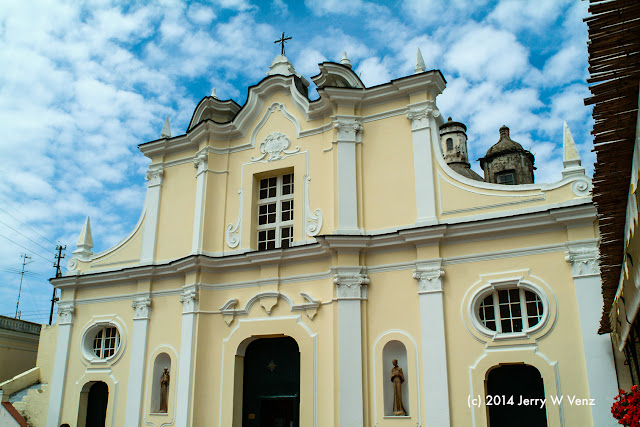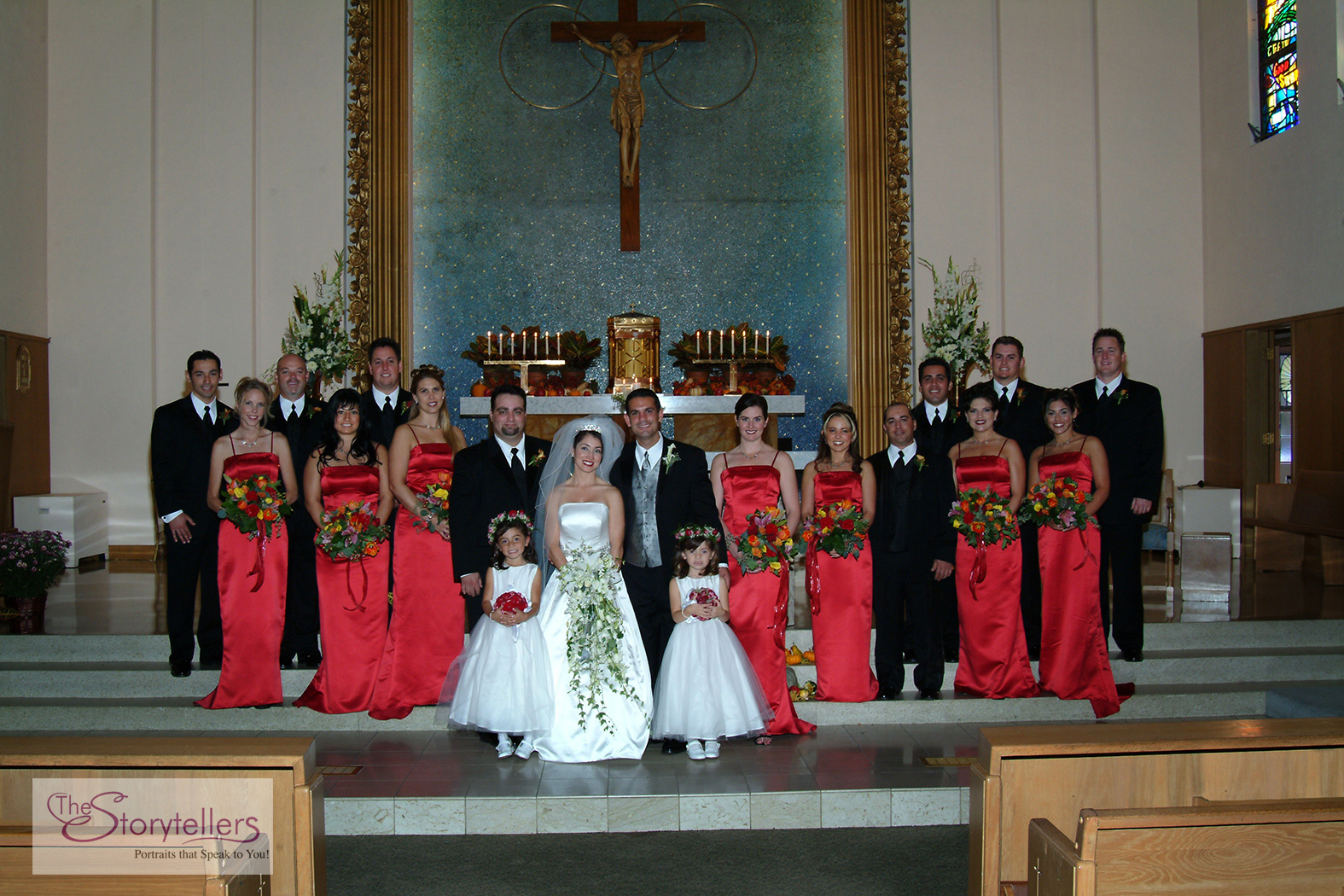The essence of the art of photography, as I see it, is the ability to see a subject and immediately visualize the ideal resulting image. The ongoing challenge to creating these ideal images are the imperfect tools we are forced to use in our chosen medium.
My latest challenge popped-up, seemingly overnight, in the form of an oddly beautiful mushroom in the flowerbed at my front porch. I had never seen such a mushroom. With it's translucent pencil thin stalk topped with a small cap with a glossy black ribbed belt--it didn't look REAL. It looked like some plastic imitation of a mushroom.
Well, challenge accepted!
The instant I saw the mushroom I knew I had to Back light it's stalk and Side light it to pick up detail on the cap. Also knowing that I would have to go in close on this small subject, I would need A LOT OF LIGHT to be able to use a small aperture for the most depth-of-field I could muster--I knew that I had to dispense with the ambient natural light and bring in my portable studio flash unit. Even though it was still 2 hours until sunset I knew that using flash at a relatively high shutter speed would eliminate all of the ambient daylight as the sun came down right there at the front of the house. At one point I even had to place a box in front of the mushroom to shield it from direct sunlight. So, I brought my Norman 500 watt second pack and a couple heads to the porch and set-up a stand with a black velvet drape behind the mushroom.
 |
| f13.0 @ 1/125 sec., ISO 400, Lens@ 105mm |
 |
| f14.0 @ 1/125 sec., ISO 400, Lens @ 105mm |
This was the basic set-up. You can see the modeling light in the snoot, at ground level, pointed towards the camera. That was the only flash head used for the first image.
So, I'm not totally dogmatic about natural light, but I still think it's "The Best Light Money Can't Buy" when it's available! However in special circumstances, like my mushroom images, when you don't have the light, as a professional, you must create it. And just as I prefer in natural light, I want my artificial light to be DIRECTIONAL to create a three dimensional quality.
'Til next week…should you have questions don't hesitate to ask.
Author: Jerry W Venz, Master Photographer - Certified
Training site: http://www.LightAtTheEdge.com
















































